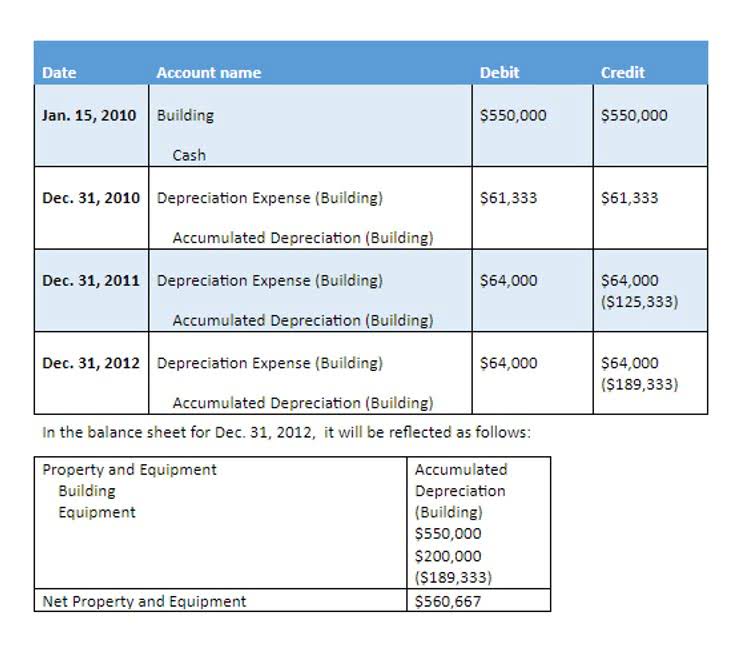If the ratio is high, it may mean you’re not effectively using your resources, resulting in less efficient or missed opportunities. In contrast, a low ratio may indicate issues with liquidity and cash flow, which may present opportunities to streamline operations or negotiate better terms with suppliers. It’s important to interpret and use your working capital ratio in conjunction with other financial metrics to make informed decisions.
- Remember, negative working capital (where liabilities exceed assets) could signal potential financial distress, while excessively high working capital might suggest that a company isn’t using its assets effectively.
- For example, some companies in the grocery business can have very low cash conversion cycles, while construction companies can have very high cash conversion cycles.
- Create an accounts receivable aging schedule each month that lists the dollar amounts you’re owed based on the invoice date.
- The wait for the cash to flow into the company’s treasury from the collection of receivables and cash sales can be longer during tough times.
- Put each of these ratios on a financial dashboard so that the information is right in front of you each month.
- This is monitored to ensure that your business has sufficient working capital in every accounting period, so that resources are fully utilized, and to help protect the company from experiencing a shortage in funds.
This is monitored to ensure that your business has sufficient working capital in every accounting period, so that resources are fully utilized, and to help protect the company from experiencing a shortage in funds. Companies primary consider inventory during working capital management as it may be most risky aspect of managing capital. When inventory is sold, a company must go to the market and rely on consumer preferences to convert inventory to cash. If this cannot be completed in a timely manner, the company may be forced to have short-term resource stuck in an illiquid position.
Reasons your business may require additional working capital
For example, automating payment processing will keep invoices top of mind for customers and increase the likelihood that they will pay promptly. It’s easy to feel overwhelmed by the amount of financial information you can access about your business. However, focusing on the most important metrics like working capital can help you stay organized. By analyzing the ratios and following the various tips mentioned above, you’ll be better able to make changes to your business structure to help improve growth and drive results. You should have a written policy for collecting money, and the policy must be enforced to increase cash inflows.
- Furthermore, calculating and understanding NWC is important because it measures how efficiently your company is operating.
- To calculate working capital, subtract a company’s current liabilities from its current assets.
- If a company’s current assets do not exceed its current liabilities, then it may have trouble growing or paying back creditors.
- It’s useful to know what the ratio is because, on paper, two companies with very different assets and liabilities could look identical if you relied on their working capital figures alone.
There are several misconceptions about the working capital ratio, such as the belief that a higher ratio is always better. While a high ratio may be beneficial, it’s crucial to consider the industry and the company’s specific circumstances to determine the ideal ratio. Another misconception is that a low ratio always indicates poor financial health. While a low ratio may present challenges, it may also indicate that the company is leveraging its resources effectively. It’s important to understand the nuances of the working capital ratio to make informed decisions for your business. In this example, the company has two dollars of current assets for every dollar of current liabilities.
Common current liability accounts
On the other hand, a low working capital ratio may indicate that the company is struggling to meet its short-term obligations. Therefore, it is essential to analyze the working capital ratio in conjunction with other financial metrics to gain a comprehensive understanding of a company’s financial health. Current liabilities refer to those debts that the business must pay within one year. The desirable situation for the business is to be able to pay its current liabilities with its current assets without having to raise new financing.
A short-period of negative working capital may not be an issue depending on a company’s place in its business life cycle and if it is able to generate cash quickly to pay off debts. To ensure that they are using their working capital efficiently, businesses should effectively manage accounts payable, accounts receivable, and inventory levels. Assume that Widget Co. has current assets totaling £1,000,000, including cash, accounts receivable, and inventory. Of its total current liabilities of £600,000, £500,000 are non-interest-bearing current liabilities, such as accounts payable and accrued expenses. It refers to the working capital that a business requires for its daily operations. Operating working capital is calculated by subtracting non-interest-bearing current liabilities (like trade creditors and accrued expenses) from current assets.
Company Information
The cash conversion cycle provides important information on how quickly, on average, a company turns over inventory and converts inventory into paid receivables. Positive working capital is always a good thing because it means that the business is about to meet its short-term obligations and bills with its liquid assets. It also means that the business should be able to finance some degree of growth without having to acquire and outside loan or raise funds with a new stock issuance. The working capital ratio is calculated by dividing current assets by current liabilities.
A healthy ratio also makes it easier for the company to obtain financing and negotiate favorable terms with suppliers and customers. Think of the $1,105,000 of gross working capital as a source of funds for the most pressing obligations (i.e., current liabilities) of the company. However, some of the current assets would need to be converted to cash first.

